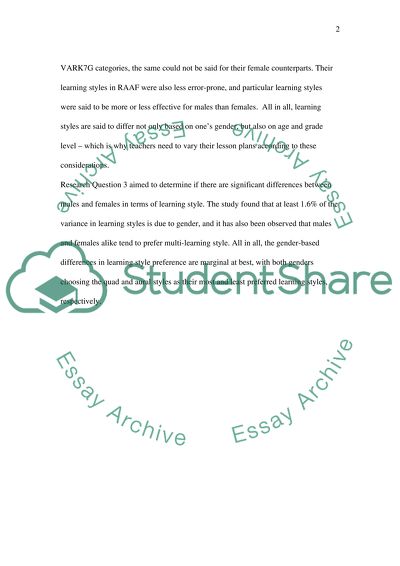Cite this document
(“Conclusion Chapter Dissertation Example | Topics and Well Written Essays - 4000 words”, n.d.)
Retrieved from https://studentshare.org/journalism-communication/1413959-conclusion-chapter
Retrieved from https://studentshare.org/journalism-communication/1413959-conclusion-chapter
(Conclusion Chapter Dissertation Example | Topics and Well Written Essays - 4000 Words)
https://studentshare.org/journalism-communication/1413959-conclusion-chapter.
https://studentshare.org/journalism-communication/1413959-conclusion-chapter.
“Conclusion Chapter Dissertation Example | Topics and Well Written Essays - 4000 Words”, n.d. https://studentshare.org/journalism-communication/1413959-conclusion-chapter.


